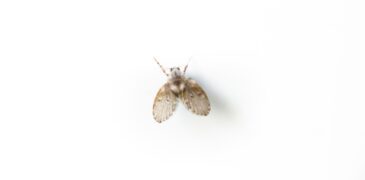
Back in 2018, the average repair cost for American households was roughly $2920. Pretty steep, which emphasizes how vital household…
add comment
Having a lawn in the perfect shade of green is every homeowner’s dream. Unfortunately, grass often fades and develops dead…
add comment
What do you know about the HVAC system? Is this the first time you’ve heard of it? Are you planning…
add comment
While trees are essential in our environment, they can seldom be bothersome to neighboring properties. This is usually due to…
add comment
Home maintenance is a critical part of taking care of your house. After the hefty investments you’ve made to get…
add comment
Planning the design of your new home may be a very thrilling endeavor. However, there are many factors to consider…
add comment
Your home’s plumbing system is one of the most important parts of your house. With a good plumbing system, you…
add comment
Gnats are incredibly small in size, and they are very annoying pests. The term gnats refer to several types of…
add comment

